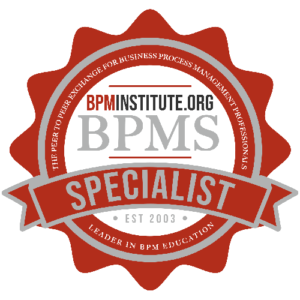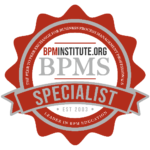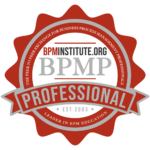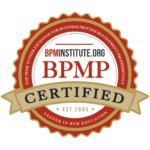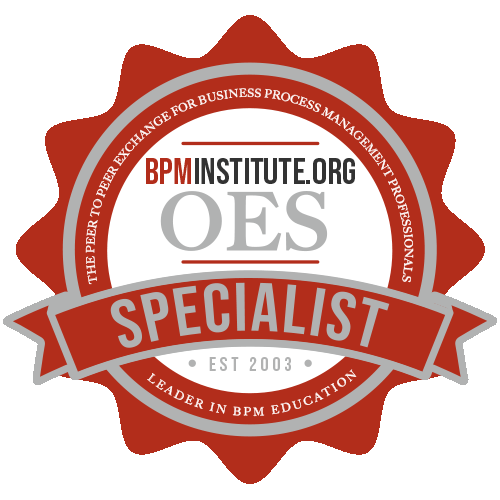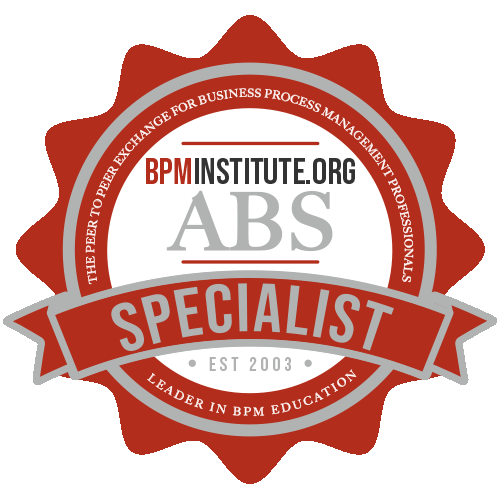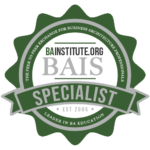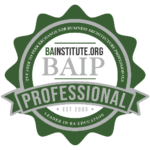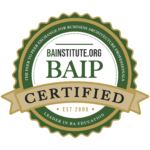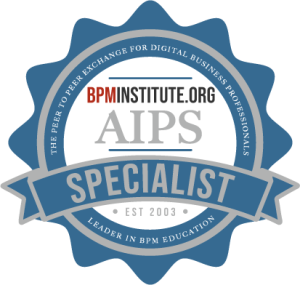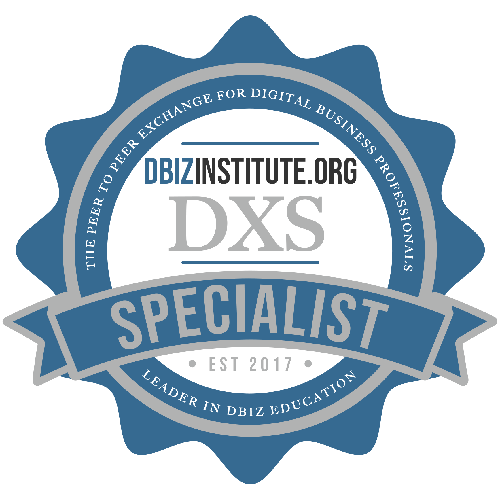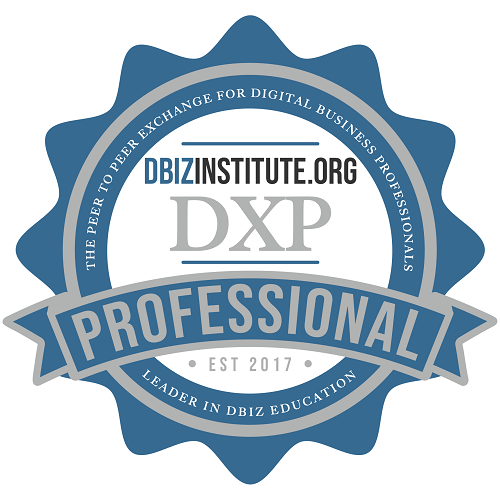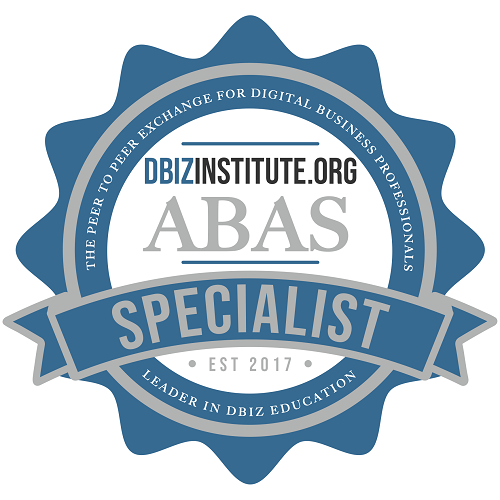When you first begin working with Business Process Management (BPM), much of your focus is on optimizing individual workflows—reducing a department’s approval cycle here, streamlining a customer onboarding process there. But as you gain more experience, you might notice a bigger opportunity: how do all these pieces connect? How can BPM evolve from a set of tactical fixes into a discipline that genuinely drives organizational strategy?
Moving from BPM practitioner to BPM strategist requires expanding your perspective beyond day-to-day tasks, learning how to advocate for broader change, and positioning process management as an engine for corporate growth. In this article, we’ll explore the mindset, skills, and steps that can help you transform from a practitioner who delivers local improvements to a strategist who shapes enterprise-wide direction.
- Cultivate a Strategic Mindset
The essence of a BPM strategist is the ability to see how each process ties to the broader goals of the organization—whether that’s boosting profitability, enhancing customer satisfaction, or scaling into new markets. While practitioners focus on efficiency gains and defect reduction, strategists ask questions like:
- Which business capabilities do we need to strengthen most right now?
- Which processes, if improved, would make the biggest impact on our competitive position?
- How do we ensure our BPM initiatives support long-term objectives, not just quick wins?
Answering these questions means engaging with executives, reviewing corporate roadmaps, and interpreting market trends to guide BPM priorities. Rather than viewing BPM as a toolbox of improvement techniques, you start to see it as a vehicle for sustaining organizational excellence over time.
- Develop Cross-Functional Relationships
A key hallmark of strategic leadership is building alliances across different functions—finance, marketing, operations, IT, and beyond. As you rise from practitioner to strategist, you need to communicate with people who might not speak the language of BPM or care about the nuances of modeling. Here’s how to bridge the gap:
- Speak Their Language:
When talking to finance, translate process improvements into cost savings and ROI. When talking to HR, focus on employee engagement or how new processes reduce attrition. Tailoring your message fosters buy-in. - Identify Mutual Goals:
Typically, BPM touches more than one department. If you can show how optimizing a process benefits multiple stakeholders—like improving both customer service and compliance—you’ll build stronger support.
Use Empathy and Active Listening:
A BPM strategist listens carefully to each department’s pain points, earning trust and uncovering synergy opportunities. This approach also helps you uncover hidden “shadow processes” or informal workflows.
- Master Change Management
While practitioners often focus on mapping and automating processes, strategists must also excel at adoption—ensuring people actually use the new workflows consistently. That’s where change management comes in. You’ll need to:
- Articulate the Vision:
Frame the improvement as part of a larger strategic narrative. Instead of “We’re cutting approval times by 20%,” say “We’re freeing up employees to focus on innovation and customer relationships.” - Champion a Culture of Continuous Improvement:
Encourage leaders and frontline employees alike to view BPM as an ongoing journey, not a one-time project. Recognize and reward teams that proactively identify new improvement opportunities.
Address Resistance:
Some employees may fear change or view new processes as “extra work.” Strategists anticipate these reactions and collaborate with HR, managers, and internal communications teams to build understanding, offer training, and mitigate anxiety.
- Leverage Data and Analytics for Decision-Making
Data can be your most convincing ally when positioning BPM as a strategic asset. As a BPM strategist, you’ll rely heavily on metrics to:
- Select High-Impact Projects:
Pinpoint where inefficiencies or bottlenecks are most costly. Whether it’s via process mining, dashboards, or advanced analytics, use data to highlight the biggest opportunities. - Demonstrate ROI Quickly and Ongoing:
With executive stakeholders, show tangible outcomes—like cost savings, cycle-time reductions, or revenue boosts. This proof helps secure buy-in for broader initiatives. - Forecast and Plan:
By analyzing historical data and trends, you can predict future process performance, plan resource allocation, and align BPM projects with future market conditions.
Strategic decisions hinge on good data, so refining your analytical toolkit is vital. If you’re not yet comfortable with data models or analytics platforms, consider expanding your skills or teaming with data experts who can translate insights into BPM contexts.
- Integrate BPM with Other Disciplines
At the strategic level, BPM doesn’t stand alone—it intersects with enterprise architecture, project management, data governance, and more. By collaborating with these related fields, you can embed BPM principles across the entire organization. Some examples:
- With Enterprise Architecture:
Align process improvements with technology roadmaps and ensure processes aren’t just efficient but also scalable and future-ready. - With Project Management:
Incorporate BPM milestones into larger initiatives—from new product launches to M&A integrations—ensuring robust, well-documented workflows guide execution. - With Data Governance:
Ensure processes handle data responsibly, safeguarding compliance and enabling better decision-making across departments.
Involving these disciplines also expands your influence, shaping enterprise-wide systems and structures rather than just refining process details.
- Communicate Success Stories
A BPM strategist actively broadcasts wins, showcasing how process improvements contribute to strategic achievements. Instead of focusing solely on numbers, weave in stories of how a new workflow freed up employees to innovate, or how a reengineered process boosted customer satisfaction. These narratives give BPM a human face, rallying more departments to embrace continuous improvement.
Transitioning from a hands-on BPM practitioner to a high-level strategist is a journey of expanding horizons, from departmental workflows to organization-wide transformation. You’ll need to think in terms of long-term value, forge alliances across teams, manage change thoughtfully, and leverage data to guide decisions. When BPM becomes not just a toolkit but a driver of strategic impact, you position yourself—and your organization—to navigate evolving markets, complex technology landscapes, and growing customer expectations with agility and confidence. By adopting this strategic mindset and set of practices, you shift from fixing processes to shaping the future of the enterprise.




